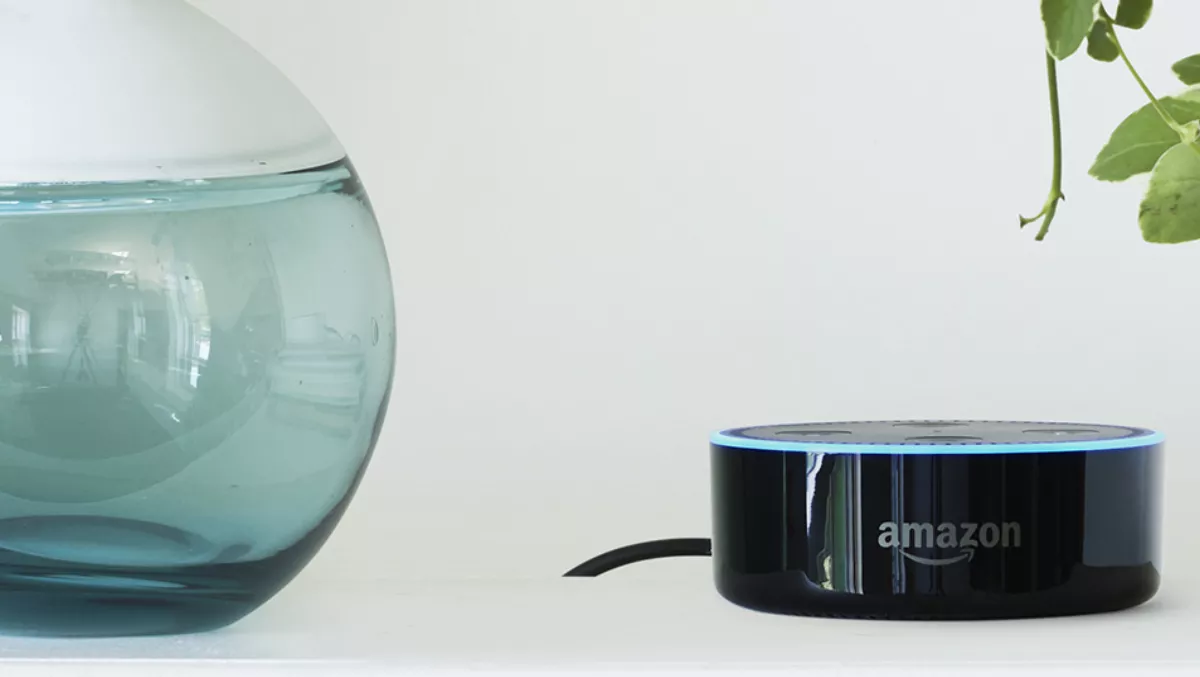
According to Futuresource voice-enabled smart speakers are driving global home audio sales upwards, despite a softening in demand for non-smart speakers and soundbars and a decline in sales of hi-fi systems.
Total home audio shipments grew 32% between Q2 2016 and Q2 2017 to reach $3.7 billion in revenues, with the fastest moving category of smart speakers delivering an extraordinary year-on-year growth of 843%.
Smart speaker shipments reached 4.2 million units in the quarter, with Amazon alone accounting for 82% of overall sales.
Google is anticipated to grow rapidly with its smart speaker products, as it gears up to enter more markets from Q3 onwards.
The overall average prices declined 2% for total home audio, although soundbar prices grew in Q2, driven by demand for premium products.
Despite the decline in the sound base segment, Sonos' Playbase priced at US$700 was popular in many markets.
This is just a snapshot of key trends and statistics recorded in the Home Audio Quarterly Tracker, authored by Senior Market Analyst Rasika D'Souza.
Another segment growing in tandem with smart speakers are wireless headphones.
Futuresource Consulting has published its worldwide headphone quarterly tracker and the latest figures indicated that shipments rose to 80.2 million units in the second quarter of 2017.
Zlata Jelisejeva, Futuresource market analyst says, “Wireless headphones are one of the fastest growing segments, and aid in the development of other related features, particularly noise cancelling.
The wireless over-ear noise cancelling headphones segment shipped 1.3 million units and grew by 42%.
Beats, Sony and Bose drive over 95% of the volumes for this category.
At IFA, more brands introduced products and pushed the technology further by introducing new models with adaptive noise control.
This feature allows consumers to customise noise levels and also define presets using an app.
It provides more control in the hands of the consumers, and Futuresource expects that such flexibility will appeal to applications beyond air travel.
